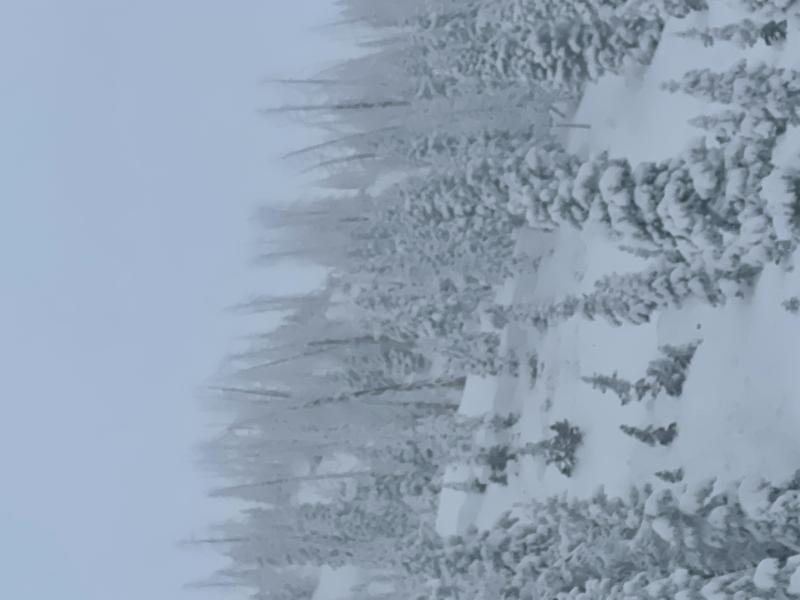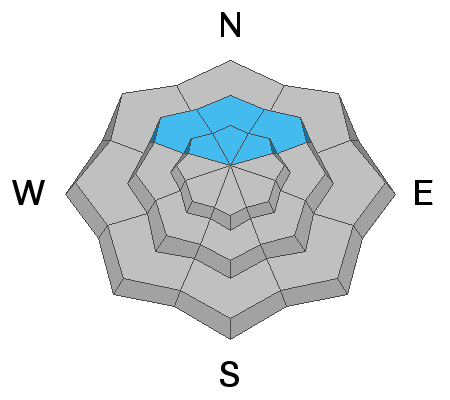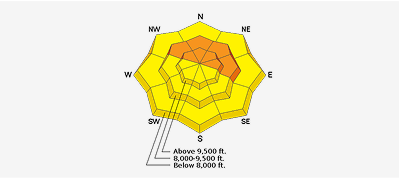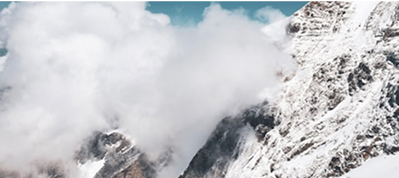The biggest concern today is an avalanche that breaks deep into a persistent weak layer of sugary snow from October. After some fieldwork on Monday, here is what we know:
- A distinct layer of sugary faceted snow from October formed and got buried by snow in mid December.
- Widespread natural avalanches released on Dec 24 during a snow storm with deep, heavy, dense snow.
- The wind has been relentless over the last 48 hours forming large drifts.
- Deep and wide natural avalanches were releasing over the last 48 hours.
- Snow stability tests show stubborn but poor results with the weak layer near the ground failing (full propagation).
Here's what we don't know:
- How long will it take before the weak snow near the ground becomes stable and safe?
It appears that the weak layer near the ground will heal up and become stable. However, this is a slow process that doesn't happen overnight. Also, we are going to be adding more snow later this week which will continue to stress this layer and keep things dangerous.










